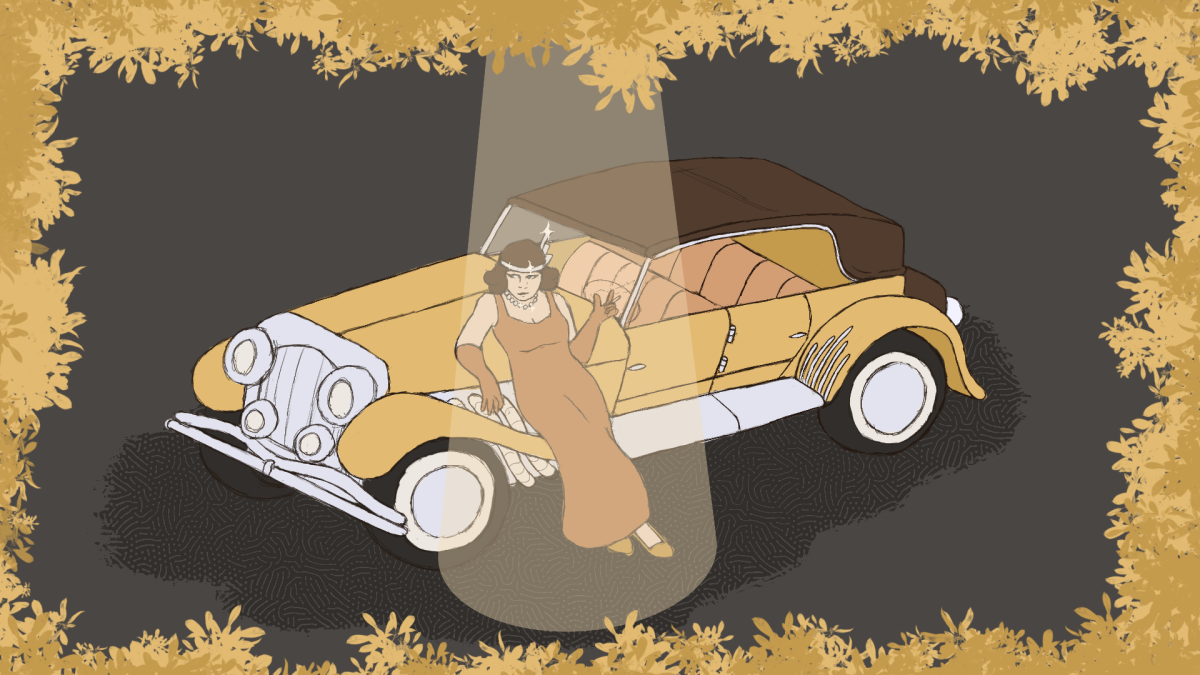As a design student, I frequently hear the common myth that “design students live in the studio”. While it is partially true – the level of dedication to our majors involves spending long hours working to be successful – we do have lives apart from our desks. I can only imagine the same probably holds true for engineers when they hear “engineering students spend their free time solving math problems” as they have other interests and talents. With self imposed of dedication towards their fields, which both aim to solve problems, how different from one another are design and engineering?
According to Art Rice, the Associate Dean of Design, there is only a slight difference between the two fields. “Design tends to be more interested in exploring options and re defining questions, where engineering education may tend to emphasize more the process of moving to a concrete solution,” says Rice. And in a way, he’s right. If they both spend lots of time finding solutions to benefit the public, doesn’t that make engineering and design very similar? In theory yes, there are many overlapped qualities, but the process and culture of each major sets them apart in distinct ways.
Designers tackle a problem by exploring alternatives and ways to best accomplish the needs of a problem. In one of my classes, we were presented with a the problem of dehydration and a proposal to create the most effective water bottle pouch for farm workers. Design students recognize that there are other factors to account for when presented with a scenario; in this case, it included reasons for low water intake, how educated are users on their hydration level, and many other aspects. As a result, some of my classmates decided the solution was not a pouch; it could be an infographic, cooling system, hydration monitor, or a different possibility.
From the engineering perspective, the solution would focus more into the mechanics. Given the same prompt of creating the most effective water bottle pouch, they would still strive to solve the same concern of dehydration. Engineers would lack the same amount of time spent in exploration of the best solution; they would instead explore the optimal use of the pouch. A question engineers might consider could be: what is the maximum weight of water the pouch could carry for optimal performance of the farm worker? Another might be: what structure of the bag would give it the optimal strength and least amount of material to carry water?
Given the two different approaches, how do design and engineering compare?
Ariana Slate-Duncan, a sophomore studying graphic design best describes the process for engineers and designers with a simple metaphor. “In engineering, like math, there are different steps that can be taken in order to find a solution. Design, like science, is more based on experimentation; the solutions for a given problem are heavily influenced by outside sources,” she says; essentially, engineers tend to have a more defined question which leads to a definite answer. As for design, questions are more open ended which can mean there may not be a definite answer.
“I don’t think you could really say one is more work than the other,” says Joel Forsyth, a sophomore studying computer science. “[They’re] apples and bananas in terms of difficulty.” Trying to find a specific right answer could be considered more challenging in some situations. An uncertainty of parameters may be overwhelming. For both these challenges, engineers and designers have specific talents that can be seen as difficult from the other point of view.
Based on perceptions, design students would agree that they feel like their major is more work at times. This becomes more evident when comparing the amount of time design students spend working to engineers. “I would say I work on design outside of class anywhere between 5-14 hours a day (including weekends). I would guess the average engineering student spends about 3-6 hours a day,” says Katie Cubrilovic, a sophomore studying industrial design. “I pull at least one all nighter a week,” says Maggie Allen, a sophomore in architecture.
Why do design students spend so much time working? Defining the problem takes time, and conveying ideas take lots of time as well. When these ideas turn out to be unsuccessful after spending hours drawing, analyzing and testing, it may require starting over. Failure is not uncommon either; it is a healthy component to discovering a strong solution. “There’s no average design student. You have some who literally only sleep when they pass out at their desk, some never come into studio and rarely have good work, and there’s everything in between,” says Andrew Keel, a senior studying industrial design.
Comparing most engineers I know, they do not need to spend nearly as much time on assignments. “I probably spend about 2 hours a day outside of class doing work. Design students probably spend about 5-6 hours,” says Ben Petersen, a sophomore studying mechanical engineering. A common trend can cause engineering students to spend long hours working. “I probably average out 2 – 3 hours on homework a day, but I personally tend to binge work for hours and then go long periods without working,” a Mino Smith, a sophomore studying computer science. Among other engineering students I have asked, they perceived design students to work more hours than their average amount.
But that does not mean engineering is any less meaningful or challenging. Memorizing and applying different mathematical or scientific properties involves lots studying and comprehension. “I spend most of my time evaluating and solving problems that deal with existing systems… that describe how something, which has already been designed, is going to work,” says David Scalan, a senior studying chemical engineering. In making sense of ideas, many designer’s proposals would not be possible.
The rumors are true. Design and Engineering majors are both incredibly intense. They may involve different processes and ways to be successful, but one thing both design and engineering students know is how rewarding their work is.














